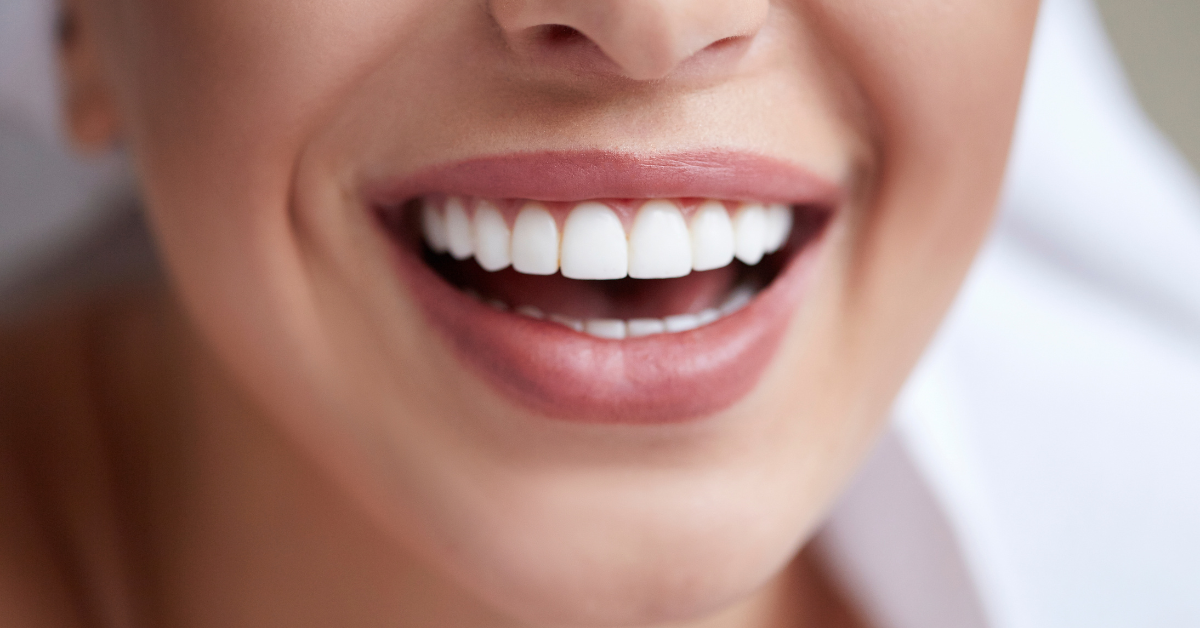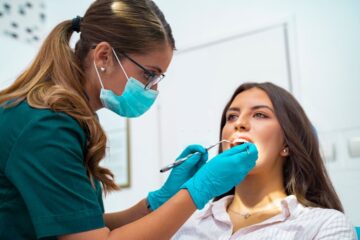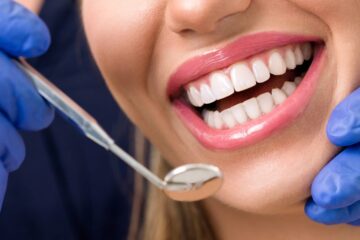Embarking on the Invisalign journey is akin to steering a ship through uncharted waters; it requires consistent effort to maintain the course. You’ve invested time and resources into straightening your teeth, but you might be pondering the aftermath of abandoning this orthodontic compass. If you decide to stop wearing your aligners, will your teeth rebelliously drift back to their original positions, like sailors ignoring the captain’s orders?
The answer isn’t as straightforward as you’d hope, and understanding the dynamics of your dental arch is crucial. As you weigh the possibility of halting your Invisalign treatment, consider the implications it may have on the hard-earned alignment of your smile, and stay tuned to uncover the factors that determine whether your teeth will stay in line or veer off course.
Key Takeaways
– Teeth naturally migrate over time, known as orthodontic relapse.
– Wearing retainers is crucial to combat orthodontic relapse after Invisalign treatment.
– Stopping Invisalign prematurely can lead to a reversal of progress and dental complications.
– Wearing a retainer post-treatment is crucial to maintain the new position of teeth and prevent unpredictability in tooth movement.
Understanding Teeth Movement
Teeth naturally migrate over time, a phenomenon known as ‘orthodontic relapse,’ which can occur even after treatments like Invisalign. In the realm of dental biology, it’s understood that your teeth aren’t fixed in their positions within the jawbone. Instead, they’re anchored by a periodontal ligament, which allows for minor movements. This flexibility is essential for functions like chewing but also means that teeth can shift when they’re subjected to constant pressure over time.
Orthodontic relapse is particularly significant after corrective procedures, as the ligaments and bone need time to stabilise in their new alignment. Post-Invisalign, without diligent use of retainers, your teeth may drift towards their original positions. This is due to the ‘memory’ of the periodontal fibres, which tend to pull the teeth back.
You must understand that maintaining your post-Invisalign smile requires a commitment to wearing retainers as prescribed by your orthodontist. They’re not just an accessory; they’re an integral part of your dental care routine, designed to combat the natural tendency of orthodontic relapse. Neglecting this crucial step can undermine the initial investment in your orthodontic treatment and the hard-earned results.
The Role of Invisalign
Invisalign plays a pivotal role in straightening your teeth, utilising a series of custom-made, clear aligners that gently coax them into the desired position. This innovative approach isn’t only about aesthetic improvement; it’s a commitment to enhancing your oral health.
However, to ensure the success of Invisalign, you must understand the importance of following the prescribed treatment duration.
Orthodontic relapse is a significant concern when discontinuing any orthodontic treatment prematurely, including Invisalign. Here’s why adhering to the full course is crucial:
- Stabilisation: Your teeth need time to settle into their new alignment. Stopping early can lead to a reversal of progress.
- Bone Remodelling: The bone and tissues surrounding your teeth require the full treatment duration to properly remodel and support the new tooth positions.
- Lasting Results: Completing the Invisalign journey ensures the results are as enduring as they’re beautiful.
Consequences of Discontinuation
Understanding the necessity of full treatment adherence, it’s equally important to recognize the risks associated with stopping Invisalign therapy prematurely, as it can lead to several dental complications. Discontinuation risks aren’t negligible; they can include a reversal to pre-treatment alignment or even a worsening of your dental condition.
Teeth are supported by periodontal ligaments, which are dynamic and respond to pressure over time. Invisalign aligners exert controlled forces to shift teeth into desired positions. If you stop wearing your aligners, the interruption effects on the ligaments may cause your teeth to gradually revert to their original state or move unpredictably due to the lack of stabilisation.
Furthermore, incomplete treatment can result in malocclusion, where the alignment of your teeth affects the way your jaws close. This could lead to jaw pain, increased wear on certain teeth, and difficulties in chewing or speaking. It’s critical to follow through with the entire Invisalign regimen as prescribed to maintain the health and aesthetics of your teeth.
Ceasing Invisalign without consulting your orthodontist can also disrupt any future dental treatments, as they often depend on the anticipated position of your teeth post-Invisalign. Always discuss potential risks and a tailored plan for your dental health with your provider.
Importance of Retainers Post-Treatment
Once your aligners have achieved their goal, wearing a retainer is crucial to maintain the new position of your teeth. Despite the initial effort and patience you’ve invested in your treatment with Invisalign, your journey to a perfect smile doesn’t end there. Your teeth have a natural tendency to revert to their original positions, a process known as relapse.
This is where retainers come into play, serving as a critical reinforcement to ensure the stability of your orthodontic achievements.
To evoke the gravity of this responsibility, consider the following:
- Peace of Mind: Knowing you’re securing your smile for the future brings immense emotional satisfaction. You’ve come too far to let progress slip away.
- Confidence in Continuity: Consistent wear of your retainer guarantees that the radiant smile you’ve worked for stays with you, boosting your self-esteem and social interactions.
- Assurance in Hygiene: Proper retainer hygiene prevents bacterial build-up, ensuring your oral health remains pristine alongside your aesthetic accomplishments.
Adhering to a strict regimen of retainer use and care isn’t just a recommendation; it’s a necessity. Consistent wear of your retainer, especially during the critical period immediately following treatment, paired with diligent retainer hygiene, is the technical blueprint for preserving that smile you’ve rightfully earned.
Strategies to Maintain Alignment
While adhering to your retainer routine is vital for preserving dental alignment, implementing additional strategies can further ensure your teeth remain in their desired position. To mitigate the risk of orthodontic relapse, it’s crucial that you attend regular dental check-ups. Your dentist can monitor alignment preservation and make necessary adjustments to your retainer.
You should also maintain excellent oral hygiene. Poor dental health can lead to gum disease, which may compromise the stability of your teeth, exacerbating the potential for misalignment. Brushing twice daily and flossing are indispensable practices in safeguarding both your dental health and the alignment of your teeth.
Be mindful of habits that can exert undue pressure on your teeth, such as chewing on hard objects, clenching your jaw, or grinding your teeth. These actions can contribute to a shift in tooth position over time. If you’re prone to these behaviours, discuss with your dentist the possibility of a night guard to protect against grinding, which can be a subconscious behaviour, particularly during sleep.
Frequently Asked Questions
Can Stopping Invisalign Treatment Early Lead to Jaw Pain or Other Dental Health Issues Besides Tooth Movement?
Yes, stopping Invisalign early can lead to jaw alignment issues and increase the risk of dental infections due to potential misalignment and uneven stress on your teeth and surrounding tissues.
How Does the Duration of Invisalign Use Before Stopping Impact the Likelihood of Teeth Shifting Back?
Ever wondered how crucial time is? Treatment duration directly affects relapse likelihood; halting Invisalign prematurely increases your risk. It’s essential to adhere strictly to prescribed timelines for stable, long-lasting results.
Are There Any Specific Foods or Habits That Can Exacerbate Teeth Shifting After Pausing Invisalign Treatment?
Certain dietary choices and poor oral hygiene can worsen teeth shifting. You should avoid hard, sticky foods and maintain diligent brushing and flossing to minimise movement after pausing Invisalign treatment.
Is It Possible to Resume Invisalign Treatment at a Later Date After an Extended Break, and How Would That Process Work?
You can resume Invisalign with an orthodontic assessment to determine treatment continuation, which may involve new aligners to address any shifts that occurred during your break.
Can Hormonal Changes, Such as Those Experienced During Pregnancy, Influence Teeth Shifting After Halting Invisalign Use?
Hormonal changes during pregnancy can affect your bone density and lead to pregnancy gingivitis, potentially causing your teeth to shift, even without prior Invisalign use. It’s essential to monitor dental health closely.
Conclusion
Imagine your teeth as a row of dominoes, meticulously aligned. Invisalign is the gentle hand that keeps them in harmony.
If you stop using it, that guiding hand withdraws, and your teeth may drift like leaves in a fickle breeze, disrupting the perfect array.
Don’t let your smile’s symphony fall into dissonance; embrace the steadfast rhythm of your retainer.
It’s the silent guardian that ensures the enduring grace of your alignment, a testament to precise, technical care.





